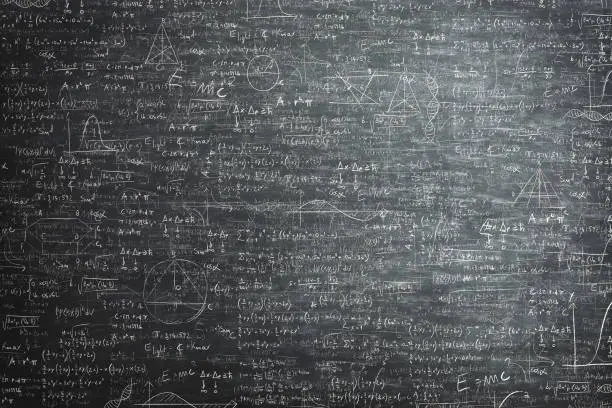
The Mathematics of Cryptography: Exploring the Secrets of Secure Communication
- Admin
In an increasingly interconnected world, the need for secure communication has never been more critical. From online banking transactions to confidential emails, cryptography plays a pivotal role in safeguarding sensitive information from prying eyes. In this article, we delve into the fascinating world of cryptography, exploring its mathematical foundations, encryption techniques, and real-world applications.
The History of Cryptography:
The history of cryptography dates back thousands of years, with early civilizations using simple encryption methods to encode secret messages. From the ancient Greeks' use of substitution ciphers to the development of more sophisticated techniques during the Renaissance, cryptography has evolved alongside human civilization. In the modern era, the advent of computers and the internet has led to a revolution in cryptographic techniques, paving the way for secure digital communication on a global scale.
Mathematical Foundations:
At the heart of cryptography lies the intricate mathematics of number theory, algebra, and computational complexity. Cryptographic algorithms leverage mathematical properties such as prime factorization, modular arithmetic, and discrete logarithms to encrypt and decrypt messages securely. The security of these algorithms relies on the difficulty of solving certain mathematical problems, ensuring that only authorized parties can access the encrypted data.
Encryption Techniques:
Cryptography employs various encryption techniques to secure information, including symmetric-key encryption, public-key encryption, and hash functions. Symmetric-key encryption uses a single key to both encrypt and decrypt messages, while public-key encryption utilizes a pair of keys – one public and one private – to enable secure communication between parties. Hash functions, on the other hand, generate fixed-size hash values from input data, providing a way to verify the integrity of information.
Real-World Applications:
The applications of cryptography are vast and varied, spanning industries such as finance, healthcare, and telecommunications. In finance, cryptographic protocols secure online transactions and protect sensitive financial data from cyber threats. In healthcare, encryption technologies ensure the privacy and confidentiality of patient medical records. In telecommunications, cryptographic techniques safeguard mobile communications and internet traffic from interception and eavesdropping.
Challenges and Future Directions:
Despite its effectiveness, cryptography faces ongoing challenges, including the rise of quantum computing and the emergence of new cyber threats. Quantum computers have the potential to break many existing cryptographic algorithms, necessitating the development of quantum-resistant encryption techniques. Additionally, the proliferation of cyber attacks and data breaches underscores the need for continuous innovation and vigilance in the field of cryptography.
Conclusion:
In conclusion, cryptography stands as a cornerstone of modern communication, enabling secure and private exchanges of information in an increasingly digital world. By leveraging the power of mathematics and encryption techniques, cryptography empowers individuals and organizations to protect their data and maintain confidentiality in an era of pervasive connectivity. Join us as we unravel the secrets of cryptography and explore the mathematical principles that underpin secure communication.
